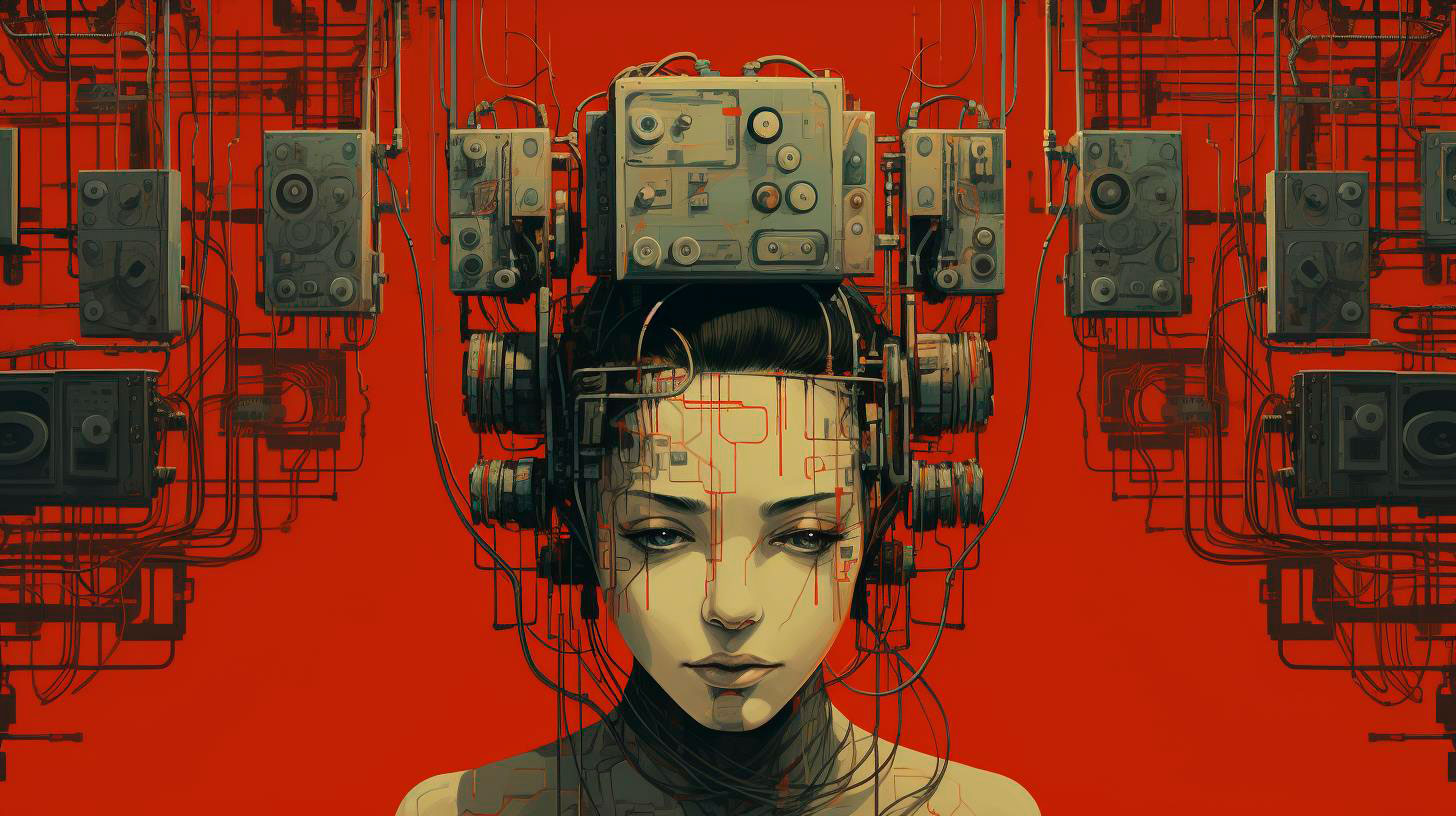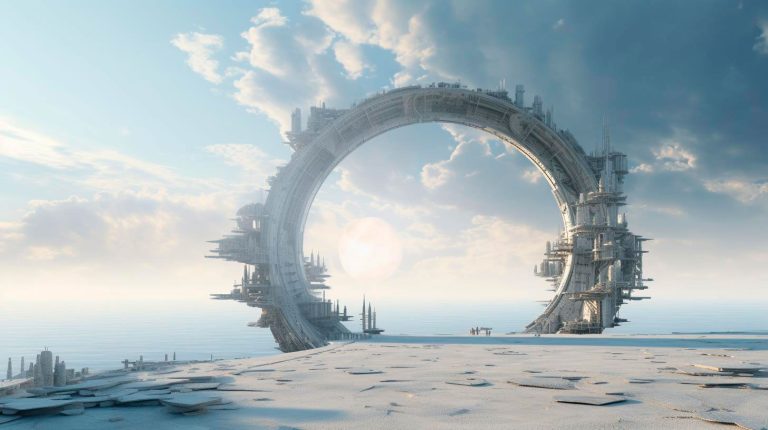In this article, we’ll dive into the world of light pollution filters and discover how they can enhance your night sky photography experience.
The Woes of Light Pollution
With the advancement of technology and urbanization, light pollution has become a persistent issue, impacting the clarity and brilliance of our night skies. The excessive artificial light emitted from streetlights, buildings, and other sources can wash out the twinkling stars, making it difficult for photographers to capture stunning celestial landscapes. However, with the right tools and techniques, you can overcome these challenges and unlock awe-inspiring night sky images.
Enter Light Pollution Filters
Light pollution filters, also known as skyglow filters, are precious gems for astrophotographers. These optical accessories are designed to reduce the impact of light pollution on your photographs, allowing you to capture captivating celestial scenes with enhanced detail and clarity. By selectively blocking specific wavelengths of light emitted by artificial sources, these filters enable the natural colors and textures of the night sky to shine through.
Let’s explore some key advantages of using light pollution filters:
- Enhanced Contrast: Light pollution filters effectively filter out unwanted light, resulting in increased contrast in your images. This enhances the visibility of stars, nebulae, and other celestial objects, making them stand out against the dark sky backdrop.
- Reduced Light Pollution Artifacts: These filters help minimize light pollution artifacts such as light halos, glows, and color casts, which can negatively impact the overall quality of your night sky images. With their assistance, you can achieve cleaner and more professional-looking results.
- Capturing Faint Details: Light pollution filters enhance your camera’s ability to capture faint details in the night sky. By blocking out unwanted light, these filters allow you to unveil the hidden wonders of the universe, such as distant galaxies, intricate star clusters, and ethereal nebulae.
Choosing the Right Light Pollution Filter
Now that we’ve seen the advantages of using light pollution filters, it’s essential to understand how to choose the right one for your needs. Several factors come into play when selecting the ideal filter:
- Transmission Properties: Look for filters that target specific wavelengths associated with prevalent sources of light pollution. For example, Sodium Vapor filters are ideal for locations with high-pressure sodium streetlights, while Broadband filters offer a versatile solution for a wide range of light pollution sources.
- Filter Strength: Different filters provide varying levels of light transmission. Consider the severity of light pollution in your shooting location and choose a filter with an appropriate strength to combat it effectively.
- Lens Compatibility: Ensure that the filter you select is compatible with the size and thread diameter of your camera lens. Investing in a step-up or step-down ring can help overcome any mismatch.
Final Thoughts
Mastering night sky photography in the presence of light pollution is indeed a challenging pursuit, but with the aid of light pollution filters, you can turn this challenge into an opportunity. By selecting the right filter and employing best practices, you can elevate your images to new heights and capture the enchanting beauty of the night sky with astounding clarity.
In conclusion, light pollution filters are indispensable tools for night sky photographers. They enhance contrast, reduce light pollution artifacts, and enable the capture of intricate celestial details. Choosing the right filter based on transmission properties, filter strength, and lens compatibility is crucial for amplifying your night sky photography experience.
So, gear up, embrace the magic of light pollution filters, and embark on an extraordinary journey of mastering night sky photography!
















+ There are no comments
Add yours